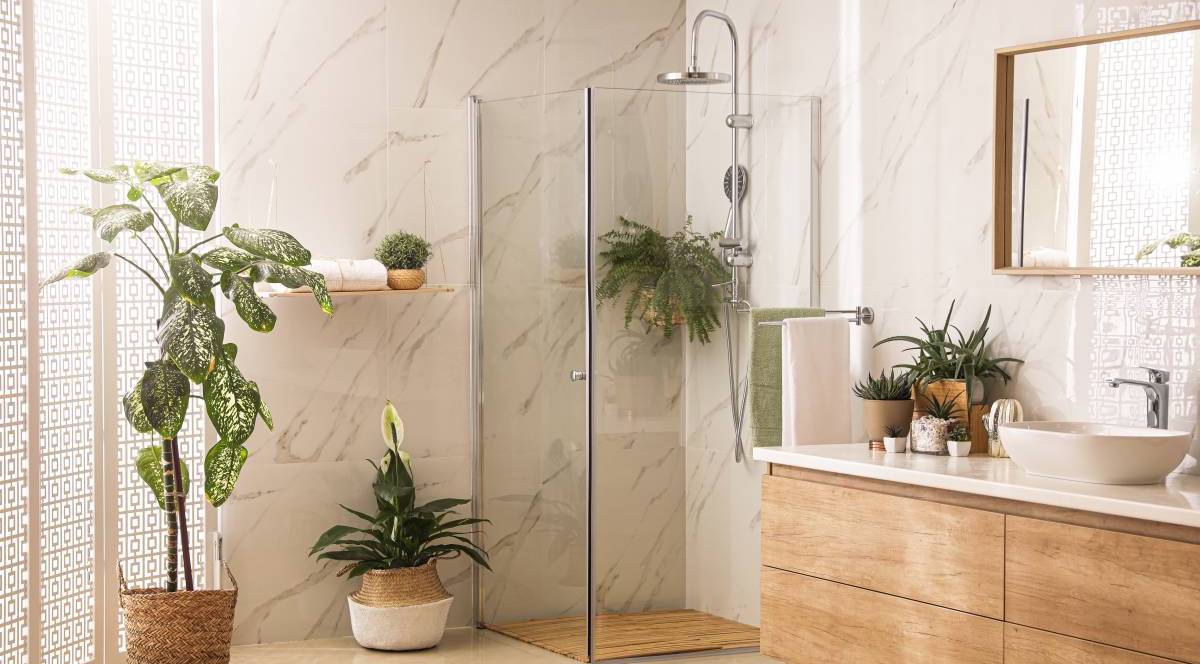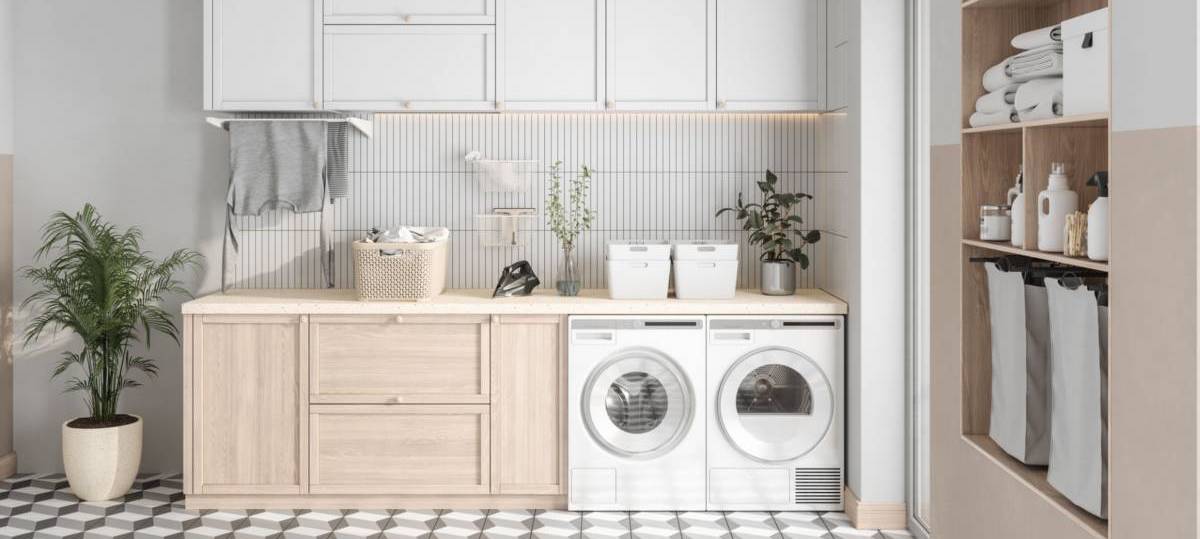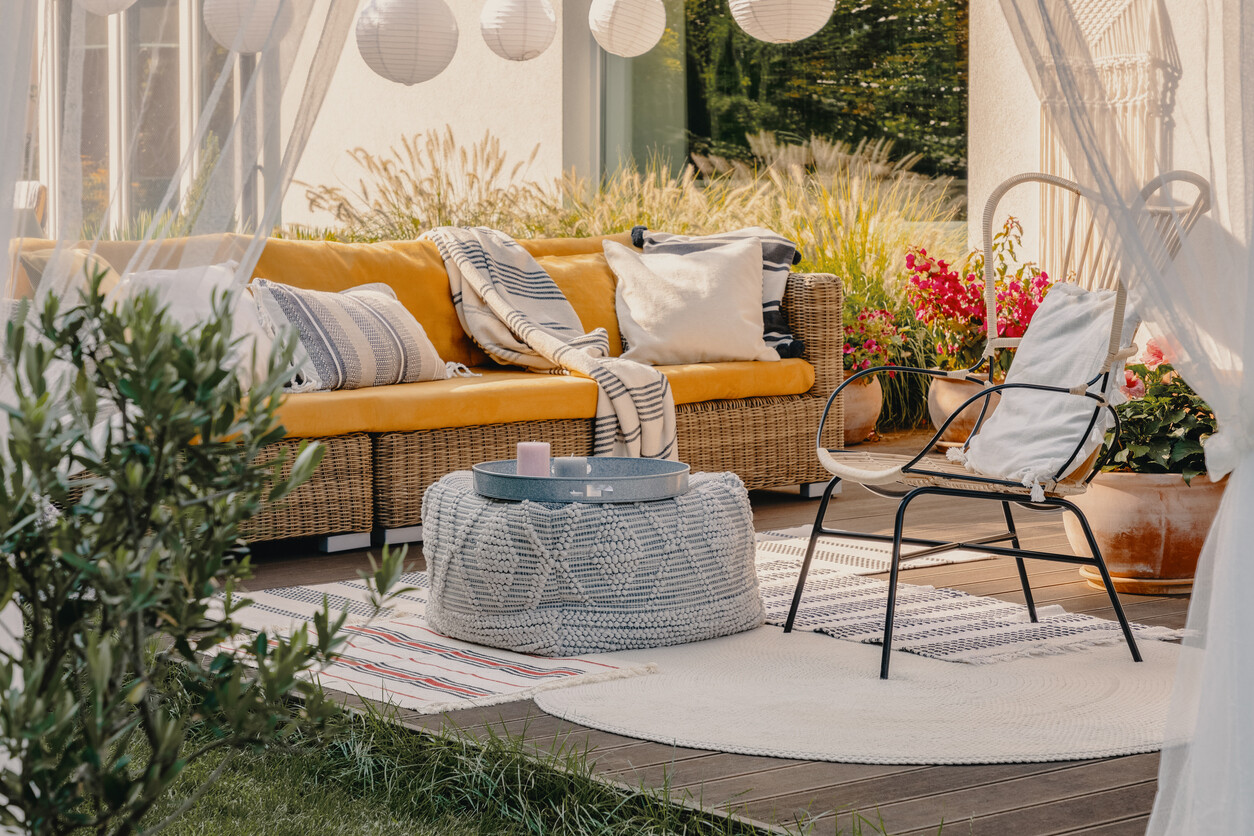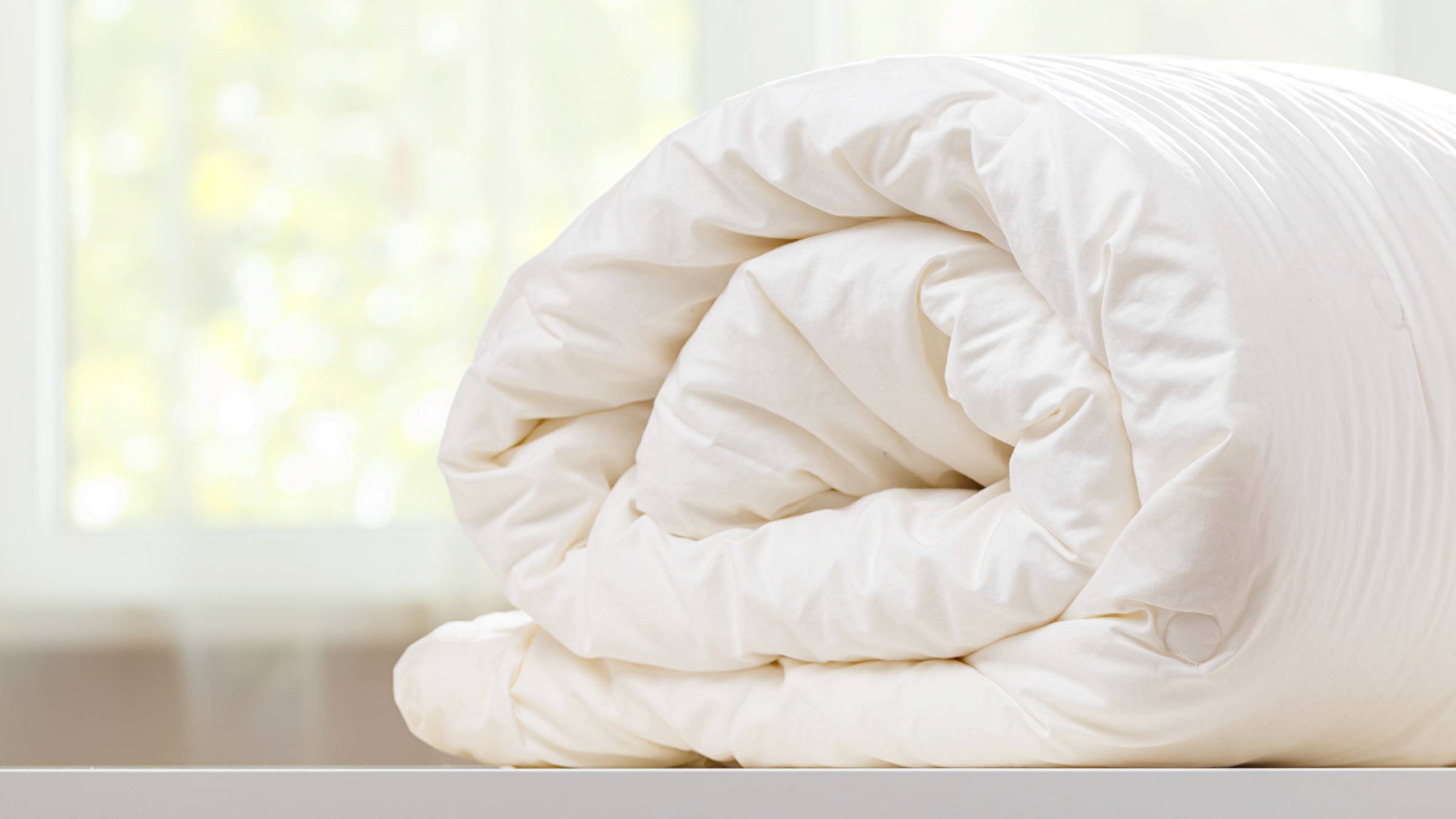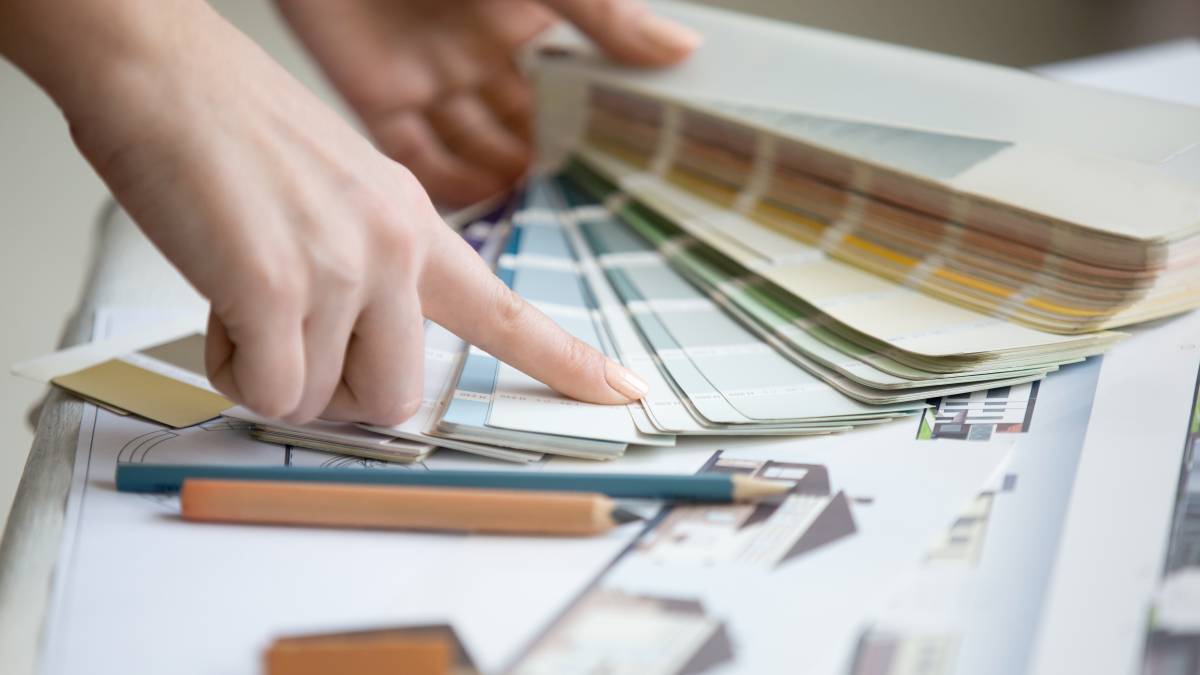- Home/
- Comparisons/
- Interior Designer/
- Interior Design vs Interior Decorating
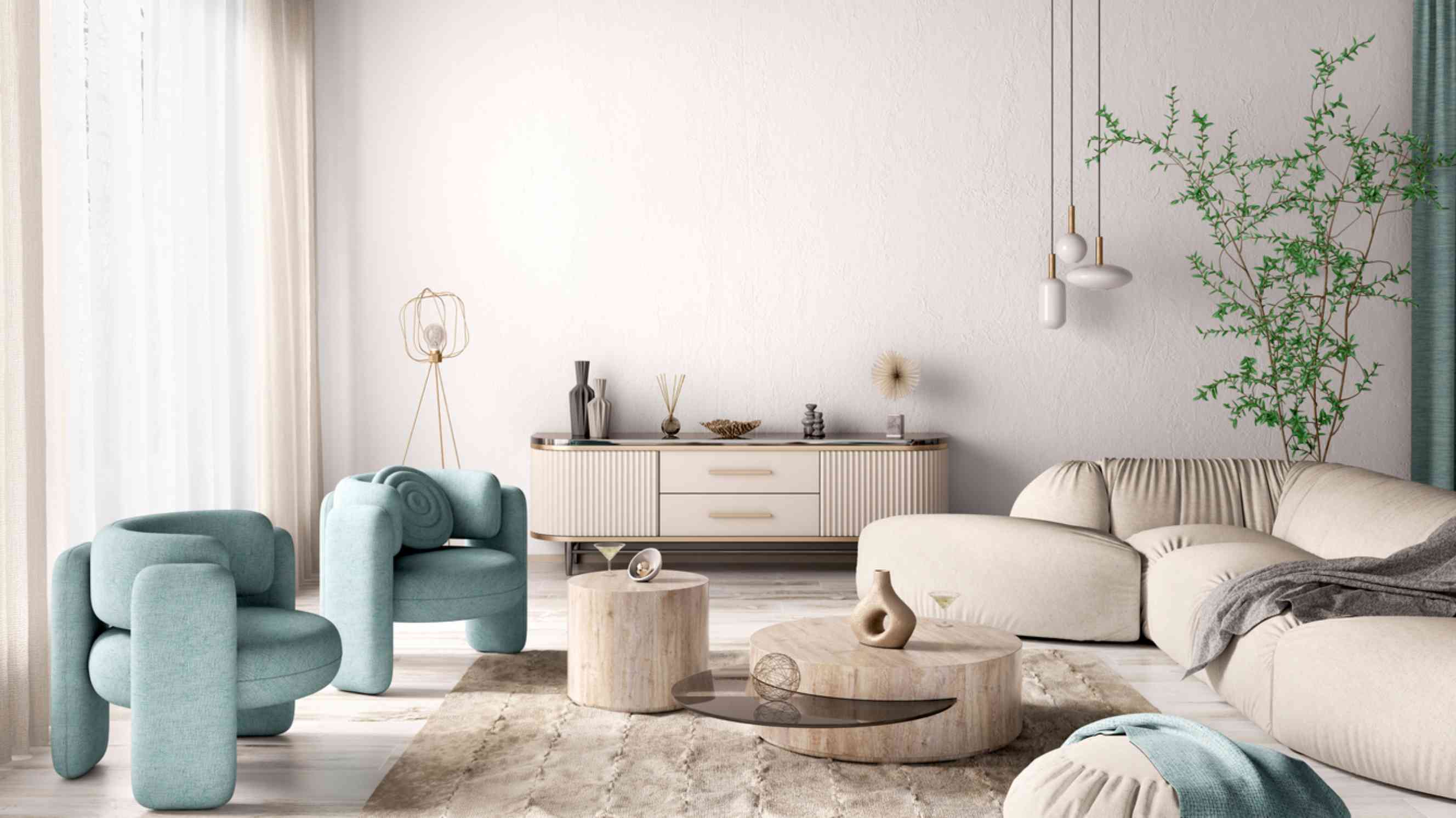
Interior design vs interior decorating: How do they differ?
Comparing interior design and interior decorating based on scope of work, project complexity, service cost, and more.
Hire an interior designer or decoratorPublished on
Key Facts
- Interior decorating is enhancing a space's visual appeal through furniture, colours, and décor, without altering its structure.
- Interior design is planning and creating functional, aesthetically pleasing spaces by integrating layout, structure, and décor to meet your needs.
If you’re considering redesigning your home to cope with extreme heat, add natural light, or create an indoor-outdoor flow, knowing who to call is crucial. Interior designers and decorators can also recommend local craftsmen to give your home that true Australian touch. But should you hire a designer or decorator?
Whether you’re refreshing your space or embarking on a major renovation, recognizing the difference between interior design vs interior decorating is essential. This guide will help clarify the difference between interior design vs decorating, and get the service help to bring your vision to life.
What is interior design?

Interior design is a discipline that transcends simply supplying aesthetics — it focuses on creating functional, safe, and efficient spaces that align with your needs and personality. Interior designers assess how the space will be used and the desired atmosphere, combining research and creativity to craft environments that are both beautiful and practical.
The difference between interior design and interior architecture is that interior architects focus on structural elements, while interior designers also integrate your personal style with functionality. They also consider layout, location, and social context, ensuring your space not only looks great but also functions smoothly with proper lighting, ventilation, and flow.
What is interior decorating? 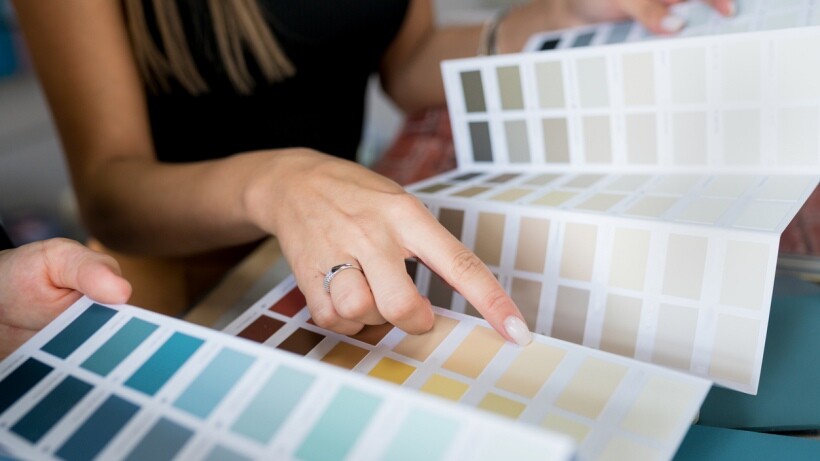
Interior decorating is all about enhancing a space’s aesthetic by selecting and arranging furniture, fabrics, and colour schemes. If your space functions well but needs a style update, interior decorating is the perfect service.
An interior decorator or house decorator works with your preferences to create a cohesive look using furniture, textiles, and accessories. While they don’t make structural changes, they excel at transforming a room’s ambience and keeping up with trends. For example, to refresh your living room, a house decorator can help recommend new curtains, rugs, and accents to achieve your desired look within budget.
Interior design vs decorating: When should you choose each?
Both interior designers and decorators offer creative expertise, but you don’t always need to hire both. Here, we’ll look at the key factors to consider when choosing the right service for your project.
In terms of scope of work
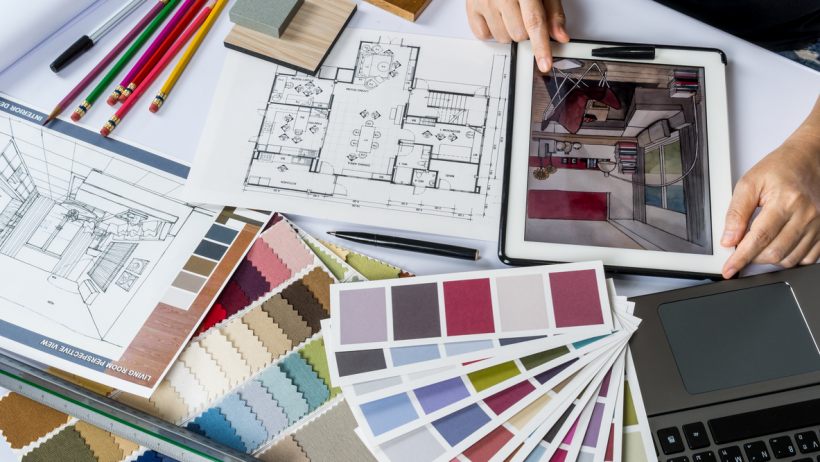
The service scope differs significantly between interior designers and interior decorators. Interior designers manage the entire interior design process, from suggesting architectural changes like removing walls or altering layouts to working with architects and builders on house renovations or new projects. They create detailed plans and ensure compliance with building codes.
In contrast, interior decorators focus on enhancing the aesthetics of an existing space, selecting and arranging furnishings, décor, and accessories, and making minor updates such as changing light fixtures or applying a different type of wall paint. They excel at improving the look and feel of a room without making structural changes.
In terms of project complexity
The complexity of your service request often dictates whether you need an interior designer or decorator. For more complex projects like structural changes, space planning, or key updates like a bathroom renovation with modern design trends, an interior designer is the best expert to hire. They manage reconfiguring layouts and collaborate with architects and engineers to ensure both beauty and structural integrity.
On the other hand, if your focus is purely on updating aesthetics without altering the structure, such as choosing between drapes, curtains or blinds, or enhancing your interior lighting design, an interior decorator is the expert to call. They specialise in refreshing your space with stylish, well-chosen elements.
In terms of skills
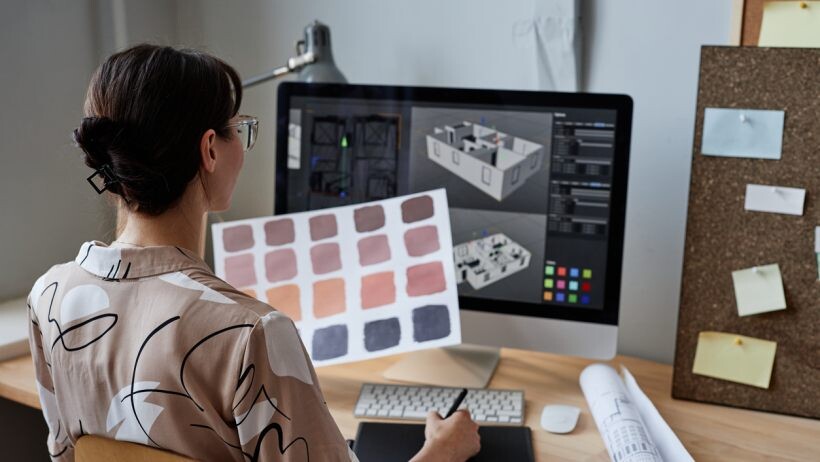
Interior designers and decorators offer distinct services. Interior designers typically hold degrees in interior design, with expertise in architecture, space planning, colour schemes, and furniture design, allowing them to manage complex projects and navigate regulatory requirements. Often licensed, they oversee both technical and aesthetic aspects of a project.
Interior decorators, on the other side, focus on creating beautiful spaces without structural changes. While formal education isn’t always required, many decorators build their skills and credibility through courses or certifications. Their strength lies in transforming rooms with appealing apartment colour schemes and home décor and design ideas, making spaces visually captivating.
In terms of project involvement
Interior designers are deeply involved from the start, collaborating with architects and builders to shape the space. Their service covers the entire project lifecycle, from concept development to construction oversight, ensuring that every detail aligns with the design vision.
In contrast, interior decorators typically step in after the structural work is complete. Their focus is on selecting furnishings, colour schemes, and décor, adding the final touches to bring the space to life. While their contribution is important to the space’s aesthetic, their involvement is more limited compared to an interior designer.
In terms of project duration
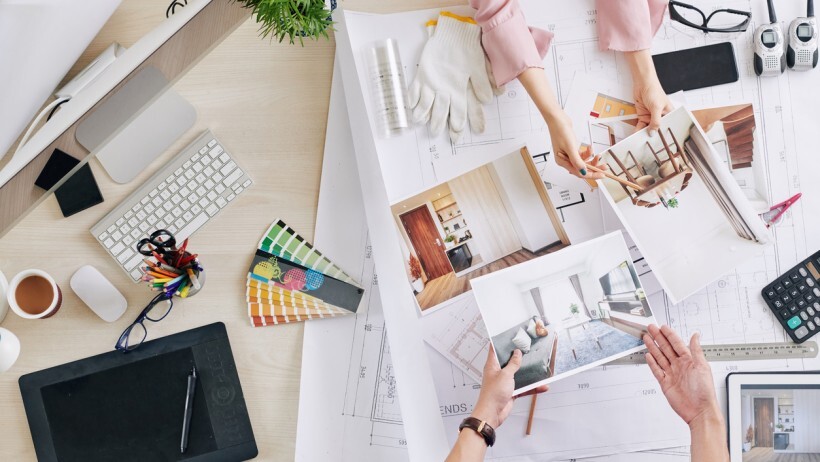
The project timeline generally depends on its scope. Interior designers, due to their more comprehensive service, often work on longer-term projects that can span several months to over a year. Coordinating with contractors, engineers, and clients, especially on complex projects, can extend the timeline.
Conversely, interior decorators focus primarily on aesthetics, allowing them to complete shorter-term projects. Their work can often be finished within weeks to a few months, making them ideal for quicker interior updates.
In terms of cost
Interior designers typically charge more from $100 - $300 per hour due to the broader scope of their services and expertise. Fees are often calculated based on an hourly rate, square footage, or a percentage of the total project cost, reflecting their full involvement from concept to completion.
Meanwhile, interior decorators generally charge less since their focus is on decorative elements rather than structural changes. Their fees are usually based on an hourly rate or a flat project fee, though costs can vary depending on the quality and quantity of furnishings and décor.
Book trusted interior design or interior decorating on Airtasker today
For quicker, more aesthetic updates—like selecting new furnishings, colours, or décor—an interior decorator can refresh your space with style and efficiency.
But, if your project involves structural changes, functional upgrades, or a complete renovation, it's time to hire an interior designer. They handle everything from layout and planning to overseeing construction, ensuring your space is both beautiful and practical.
Once you’ve decided which professional should you hire, Airtasker makes it easy to find the right expert for the job. Just post a task, and wait for the local interior designers and decorators to give you a quote.
Start today and turn your vision into reality!
Interior design vs interior decorating
| Interior Design | Interior Decorating | |
| Scope of Work |
From scratch to the end of the project |
Focus on enhancing the aesthetics of an existing space |
| Project Complexity |
More complex like a major house renovation |
Less complex and smaller-scale projects like aesthetic updates |
| Skills |
Interior designers are skilled in architecture, space planning, colour schemes, and furniture design |
Interior decorators are skilled in transforming rooms with appealing colour schemes and home décor and design ideas |
| Project Involvement |
More involved in a big space renovation project |
Typically involved once the structural changes are complete |
| Project Duration |
Typically longer, around a few months to a year |
Typically shorter, that could range from weeks to months |
| Cost |
Tend to be higher |
More cost-effective |
FAQs on interior design and interior decorating
Interior design includes planning layout and aesthetics, while furnishing focuses more on selecting and arranging furniture to enhance the designed space.
Absolutely! Your approval is key during the planning stage. After that, it’s best to agree on your level of involvement with your designer or decorator for a smooth, professional process.
Yes, it’s still recommended to hire a professional, even for small renovations, as they can prevent costly mistakes and handle unexpected issues efficiently.
Find interior designers, fast
Post a task
Related articles
Related price pages
